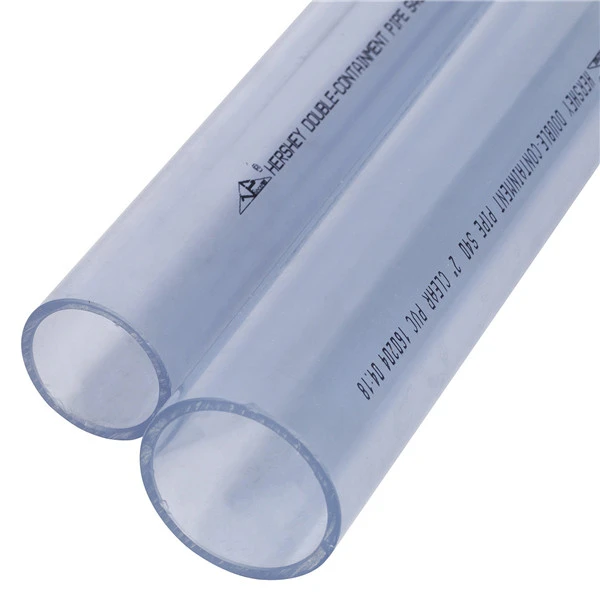Dec . 10, 2024 18:40 Back to list
Understanding PPR Cold Water Pipe Applications and Benefits for Efficient Plumbing Solutions
Understanding PPR Cold Water Pipes A Comprehensive Overview
PPR (Polypropylene Random Copolymer) piping is gaining prominence as an excellent choice for cold water distribution systems in both residential and commercial applications. Characterized by its durability, resistance to corrosion, and lightweight properties, PPR piping presents a progressive solution for plumbing professionals and homeowners alike. In this article, we will explore the various attributes of PPR cold water pipes, their advantages, application areas, and installation considerations.
Properties of PPR Pipes
PPR pipes are produced from a type of polypropylene that exhibits excellent thermal resistance, allowing them to withstand temperatures up to 90°C, although they are primarily used for cold water systems. The random copolymer structure of PPR enhances its impact strength and stress-crack resistance, making it suitable for various environmental conditions. Additionally, PPR pipes are non-toxic, which makes them an ideal choice for potable water applications, ensuring safe and clean drinking water.
Advantages of PPR Cold Water Pipes
1. Corrosion Resistance Unlike metal pipes, which can rust and corrode over time, PPR pipes are highly resistant to corrosion. This quality significantly extends the lifespan of the piping system, reducing the need for frequent replacements.
2. Lightweight and Easy to Handle PPR pipes are notably lighter than traditional piping materials, which simplifies transportation and installation. This can lead to reduced labor costs and installation times as fewer resources are needed to handle and fit the piping system.
3. Cost-Effectiveness While the initial investment in PPR pipes may be higher than that of some other materials, their longevity and reduced maintenance requirements lead to considerable savings in the long run. Additionally, the lightweight nature of PPR reduces transportation and installation costs.
4. Chemical Resistance PPR pipes can handle a wide range of chemicals without degrading. This property broadens their applicability beyond water pipes, making them suitable for various industrial applications.
5. Environmentally Friendly PPR is recyclable, aligning with sustainable practices in modern construction. This ecological advantage is attracting environmentally conscious builders and homeowners.
Applications of PPR Cold Water Pipes
ppr cold water pipe

PPR cold water pipes are typically used in various settings, including
- Residential Plumbing They are commonly employed in home water supply systems, distribution networks for cold water, and even in heating systems when they are used as a connection to heat exchangers. - Commercial Buildings Large scale applications in hotels, hospitals, and office buildings rely on PPR pipes for efficient water delivery systems.
- Agricultural Use The flexibility and durability of PPR make it suitable for irrigation systems and water supply networks in agricultural fields.
Installation Considerations
The installation of PPR cold water pipes requires careful planning and attention to detail. Here are some essential factors to consider
1. Fittings and Connections PPR pipes are typically joined using heat fusion, where the ends of the pipes and fittings are heated and then fused together to form a strong, leak-proof connection. It is crucial to use the right tools and techniques to ensure that joints are properly made.
2. Support and Alignment Adequate support should be provided along the length of the pipes to prevent sagging, which could lead to pressure points and potential leaks.
3. Temperature Expansion While PPR can withstand a significant temperature range, it is essential to account for thermal expansion during installation, particularly in areas with high temperature fluctuations.
4. Regulatory Compliance Always ensure that the installation meets local plumbing codes and standards to maintain safety and efficiency.
Conclusion
PPR cold water pipes represent a modern and efficient option for freshwater distribution systems. Their myriad benefits, including corrosion resistance, lightweight composition, and cost-effectiveness, make them a top choice for both residential and commercial projects. As understanding and technology surrounding PPR continue to evolve, these pipes are likely to play an increasingly significant role in sustainable plumbing practices across the globe. For anyone considering a plumbing upgrade or new installation, PPR piping stands out as a forward-thinking solution that merges performance, longevity, and environmental responsibility.
-
Durable HDPE Sheet | Versatile & Impact-Resistant Plastic
NewsAug.13,2025
-
Premium PVC Soft Sheets: Clear, Flexible & Durable
NewsAug.12,2025
-
Premium PVC Round Rods: Durable, Chemical Resistant, Easy to Machine
NewsAug.11,2025
-
PP U-channel: Chemical-Resistant, Lightweight & Durable
NewsAug.10,2025
-
Transparent PVC Pipe: Clear Flexible Tubing for Fluids
NewsAug.09,2025
-
Durable PP Rigid Sheet: Versatile & High-Quality Plastic Panels
NewsAug.08,2025

